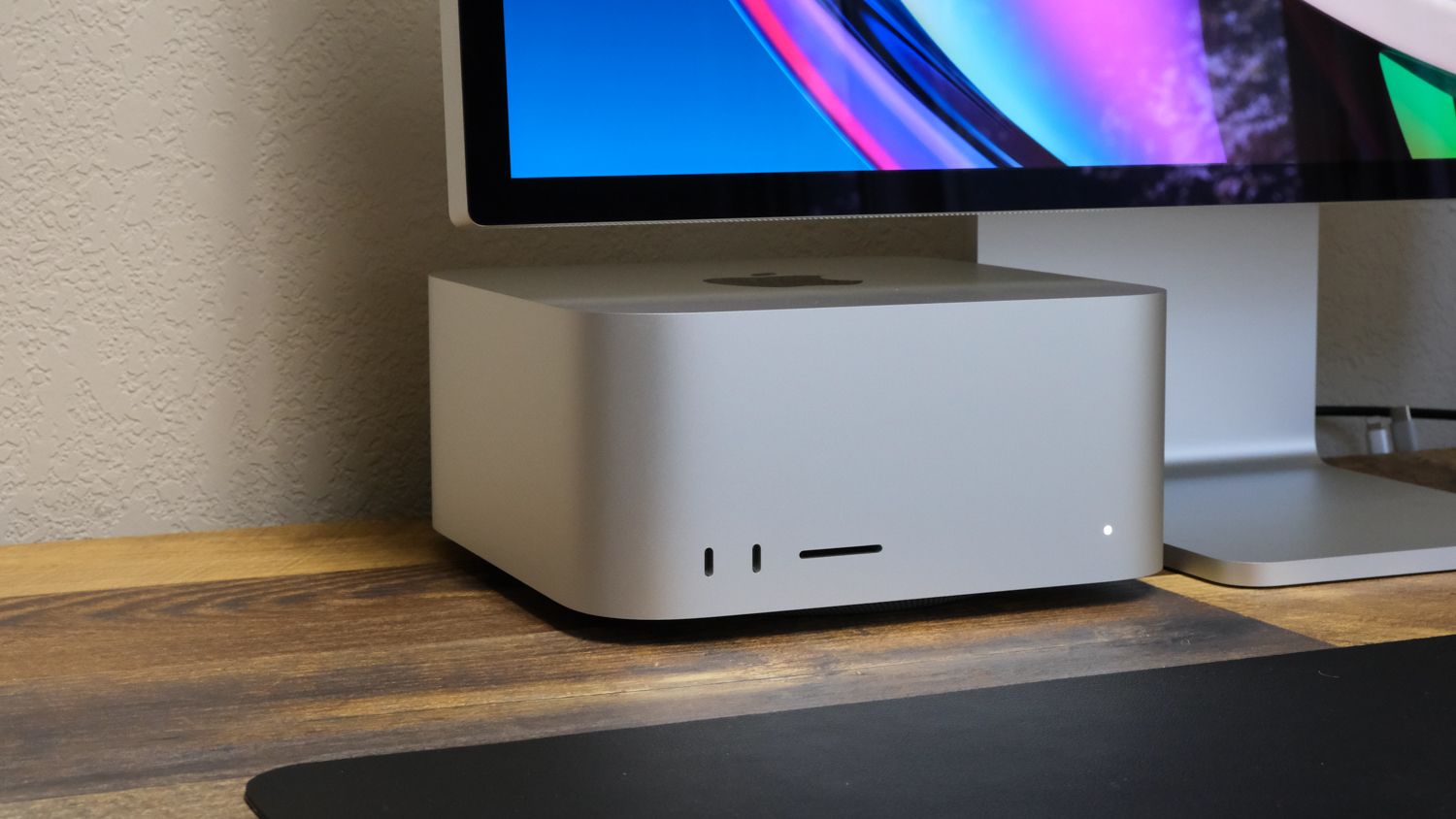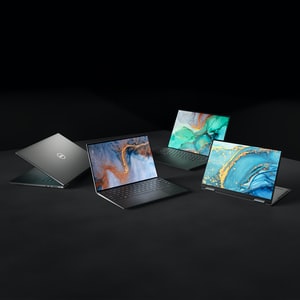Hertz, school buses, and delivery trucks: The future of EVs
If you pay awareness to car or truck commercials, the electrical car or truck changeover will include huge figures of persons buying and selling in their gas-driven sedans, pickups, and hatchbacks for battery-powered corollaries. That’s all well and very good. But in the struggle versus local weather transform, the most impactful electric vehicles will not automatically be the ones everyday shoppers invest in, but relatively the autos that shift in fleets, like rental cars, buses, and shipping and delivery vehicles.
The argument for electrifying fleets is uncomplicated. Fleets of automobiles are acquired by institutions, companies, general public college units, and the govt, in bulk. They can take significantly extra trips in a 7 days than a normal passenger car in a one working day, which indicates that changing 1 of these motor vehicles with an EV can have an outsized effects on decreasing carbon emissions. Simply because these autos often travel on fixed routes, it can also be easier to established up a community of EV chargers to maintain them powered. The total strategy is that by transitioning a collection of motor vehicles all at at the time, fleets can reduce all round prices and lay the groundwork for electrifying transportation at scale.
“Having electrical motor vehicles on the street with these fleets, it makes that familiarity,” clarifies Katie Robinson, the courses and functions vice president at the Electrification Coalition. “It shows the commitment of the municipalities, the state governments, and these personal businesses.”
Rental car or truck providers like Avis and Business have now committed to this transition, at least in element, which will proficiently give much more individuals the prospect to push electrical vehicles in advance of acquiring them. Due to the fact these organizations generally provide their vehicles onto the secondary current market soon after just a handful of many years, this changeover could also raise the selection of made use of EVs offered to individuals in the coming ten years. Hertz, in individual, has previously dedicated to purchasing 100,000 Teslas, alongside with 65,000 EVs from Polestar and up to 175,000 EVs from Normal Motors. These cars are a essential aspect of the company’s designs not only to electrify its fleet, but also to set up new business designs for the electric powered era. Those include things like every thing from loaning electric vehicles specifically to Uber motorists to leasing EVs to company vacationers whose companies are attempting to minimize down on their emissions and meet up with ESG plans.
“We’re really setting up to see a substantial effects on the ICE [internal combustion engine] miles,” defined Steve Shur, the vice president for authorities relations for electrical automobile strategy at Hertz. “Uber motorists who are operating entire time in this ability are paying a large amount of time on the street.”
Electrifying shipping and delivery motor vehicles could also have a disproportionate gain. These medium- and hefty-obligation motor vehicles represented less than 10 p.c of vehicles that were being registered in 2020 but accounted for 26 percent of the transportation sector’s greenhouse gas emissions. Last-mile delivery tends to just take location all over the working day, so replacing these inner combustion vans and vans with other cars will slash down on the tailpipe emissions introduced into communities, and perhaps sound pollution in all those spots, far too. (Mainly because EVs do not have interior combustion engines, they are significantly quieter).
FedEx aims to convert to an all-electric powered fleet by 2040, for example, and UPS has invested in and dedicated to acquiring shipping vans from Arrival, a British electric car or truck business. Amazon, meanwhile, has poured hundreds of tens of millions into the EV startup Rivian, and eventually plans to acquire 100,000 electrical vans from the company. This transition could grow to be even far more promising as companies just take advantage of new federal credits for medium- and hefty-duty electric motor vehicles, and as greater electrical supply automobiles appear on to the market place. PepsiCo is set to acquire the very first Tesla Semis, the EV maker’s yet-to-be-launched Course 8 vehicles, later this calendar year. The German company Daimler Truck, which would make Freightliner and Mercedes-Benz brand vans, is testing its have hydrogen-powered vans.
“Our conclusion is battery to start with. Small trucks, then larger trucks. We’ll see how the battery technological know-how goes,” says Mike Roeth, the trucking direct for RMI. “Then we’ll know wherever the mix will be in between hydrogen gas-cell weighty trucks and electrical major vans.”
One particular major shiny spot has been the electrification of federal government-owned vehicles. Electrifying community transportation results in huge carbon financial savings, because they make it attainable for people today to vacation with out needing to get a auto at all. Electrifying community transportation and college buses can also greatly lower people’s publicity to air air pollution. The Biden administration will invest about $1 billion to develop the country’s fleet of electric powered and small-emissions school buses, and has also dedicated to making certain that all new mild-responsibility autos purchased for the government’s fleet are electrical by 2027. The US Postal Company stated earlier this summertime that 40 p.c of its new cars would be electrical.
There are nonetheless worries. The firms and governments buying EVs for fleets are not immune from the offer chain complications that have manufactured acquiring all kinds of electrical autos more complicated, and much more high priced, through the pandemic. These motor vehicles can also have to have expanded new grid ability, which requires new infrastructure. There is also the substantial expenditure of acquiring new autos and securing access to chargers, and then convincing fleet operators that the gasoline cost savings are in the long run truly worth building the change.
“Fleet consumers are truly pushed by economics. They use their automobiles a large amount, and they are a great tool. They are not a standing symbol,” describes Brett Smith, the director of technology at the Centre for Automotive Research. “You’ve had a complete fleet of automobiles that your mechanics, your motorists, your whole method understands and understands. … That’s a major hurdle.”
At the very same time, imagining about how EVs can be applied most successfully is crucial, specifically when carmakers are nonetheless scaling up production. Even though EVs existing crystal clear environmental advantages more than interior combustion vehicles, they occur with downsides, too. Electrical automobiles count on a noxious supply chain for uncooked materials that can make “neo-colonial” relationships in between nations like the United States and the Democratic Republic of Congo and Bolivia. Continuing to count on autos, fairly than other forms of transportation, also suggests the continuation of the terribly large variety of vehicular fatalities — this dilemma could get even even worse as cars get even bigger and heavier. Prioritizing infrastructure that mostly serves these automobiles suggests leaving folks at the rear of who cannot, or do not want to, use them.
Fleets are a tiny reminder that some of the greatest rewards of electric powered autos may perhaps occur on a communal, rather than an personal, amount. A Tesla acquired as a position image by an upper-earnings relatives that already owns two other cars and trucks doesn’t do as much superior as a Tesla which is utilized through the day by an energetic Uber driver. Collective electrification could be substantially a lot more effective, and signals that the EV changeover should probably contain far more than just switching out engines for batteries.
This tale was first released in the Recode newsletter. Indication up here so you really don’t miss the subsequent a single!






